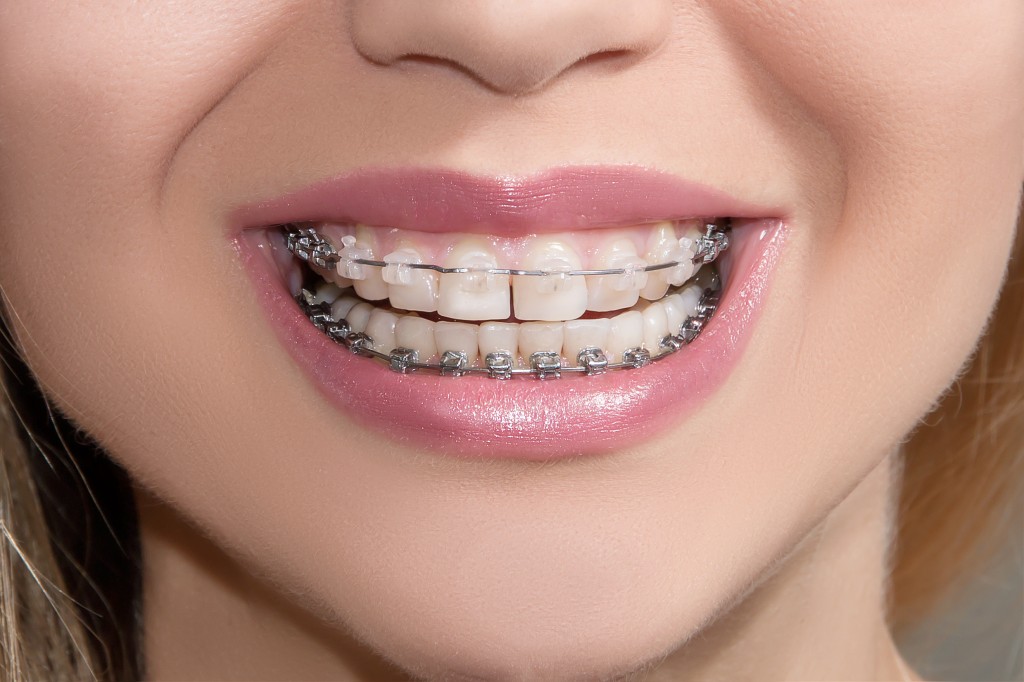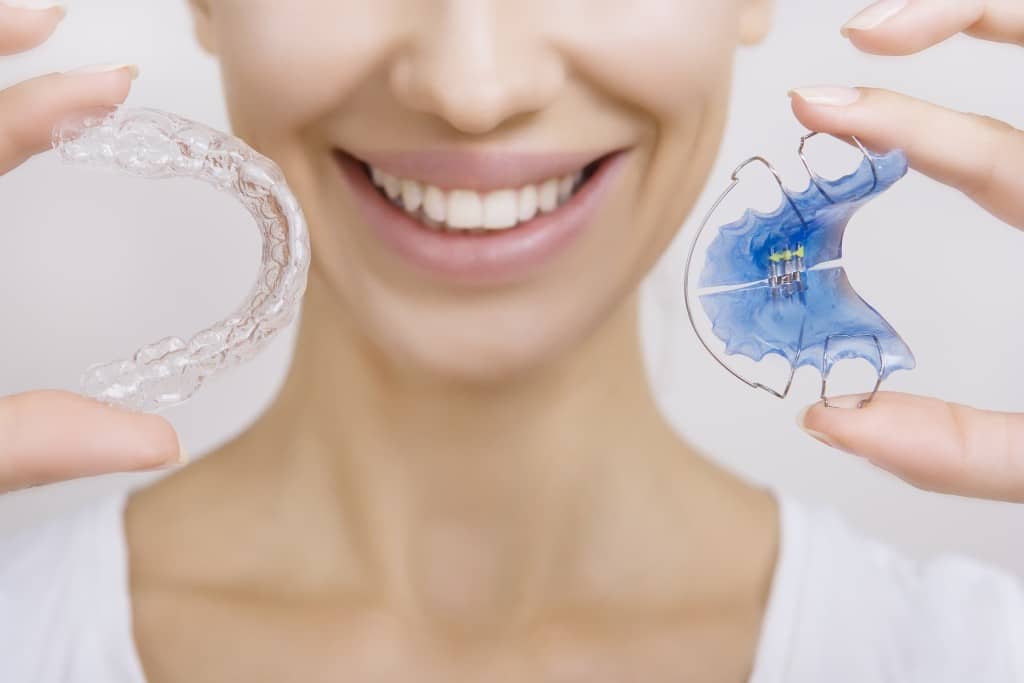
You’ve spent a long time wearing your braces, and it’s an exciting day to get your braces removed. However, this day can be dampened if you’re not informed about what to expect. There are a few things to be prepared for, so you can enjoy this day to the fullest. We’ve updated this post in 2024 to give you the best information about what to expect after removing your braces.
What to Expect After Removing Your Braces
What are White Spot Lesions?
One important thing to expect after removing your braces is white spot lesions. White spot lesions, also referred to as demineralization or decalcification, are caused by dental plaque, which is the same thing that causes cavities. The chalky, white marks on your teeth show up when the acids created from the plaque remove the minerals from the surface of the tooth and change how it reflects light.
White spot lesions most commonly appear in the area between the gums and the brackets, where it is quite difficult to brush while wearing braces. It is important to understand that the braces do not cause the white spots, but they can complicate the removal of plaque, which is what causes them.
Can White Spot Lesions be Removed?
Most white spots will improve over time, and small ones will likely completely disappear. In some cases, bleaching will lighten the enamel around the white spots and help blend them with the rest of the teeth.
Teeth Movement After Braces
Moving your teeth is generally the point of wearing braces. You’ll notice that your teeth have shifted into the desired position. You should notice that crooked teeth have straightened, crowded teeth have spaced out, and gaps between teeth have narrowed. However, just as teeth have moved from the braces, your teeth can also move back into an undesirable position once your braces have been removed. This process takes years, but you can stop the movement from happening.
Wearing a Retainer

- Lingual wire or fixed retainer: Lingual wire or fixed retainers are permanently attached to the inside of your teeth, so it isn’t visible, but it will help keep teeth in place.
- Hawley retainer: A Hawley retainer is molded to the shape of your teeth, and uses plastic and metal to keep teeth in place. This retainer is removable, and it should be worn throughout the day and night at first, but after a few months it can be worn less, typically at night once your teeth have settled.
- Clear plastic retainers: Clear plastic retainers are also molded to the shape of your teeth, but they are made completely from clear plastic. These are also removable, and like the Hawley retainer above, should be worn full time at first and then only at night once teeth have settled, to prevent orthodontic relapse.
Removable retainers can be beneficial for some, since they are easier to clean and can be more comfortable. However, permanent retainers will keep teeth in the right place all the time, so you don’t have to remember to wear them, and they won’t get lost. Talk to your dentist and tell them what you prefer, and whether or not each retainer is a good option for you.
If you have questions about braces and what to expect after removing braces, make an appointment with one of our dentists in Las Vegas, Henderson, or Laughlin, Nevada. We’re happy to answer any questions you have about braces or other dental or orthodontic procedures.
